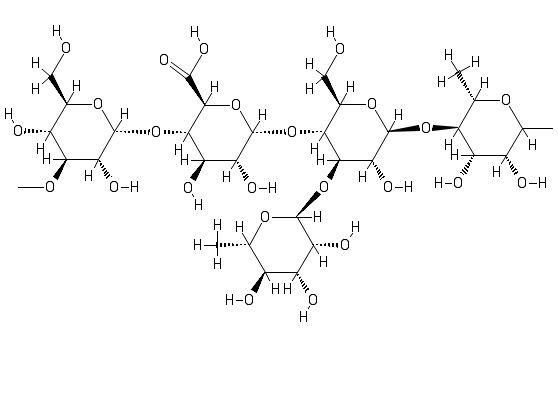Rheological measurements
July 3, 2020
Anti-settling additives based on biopolymers
December 19, 2020Have you wondered why, at temperatures above around 110°C, the compressive strength development of cement systems shows a decrease and then an increase, even if the systems contain 35% bwoc silica flour? An example is shown in the figure above.
This is a consequence of the initial hydration of the cement and subsequent reaction with the silica flour.
Initially the cement hydrates and forms C-S-H (zone A). There is then a time when the conversion of C-S-H to α-C2SH (alpha dicalcium silicate hydrate) (zone B) occurs more rapidly than the reaction of the cement hydrates with silica to form tobermorite (zone C). The formation of α-C2SH leads to a slight loss of compressive strength before there is a significant increase due to the reaction of silica flour to form tobermorite.
The decrease in the compressive strength and the time before the strength increases will depend on the temperature and the reactivity of the silica source. The higher the temperature and the more reactive the silica the shorter the time during which the strength decreases and the smaller the strength decrease.
A discussion of this behaviour was first published by John Bensted in 1995 on a system containing silica sand and micro silica. He measured the compressive strength at various curing times and used X-ray diffraction techniques to analyse the mineral phases present at each time.
There has also been some recent work from a team from Aramco+ that shows similar behaviour when silica flour is used (Figure 3 of the paper). The authors also showed that an optimised retarder package and nanosilica could eliminate the two step strength development.
+Boul, P., Rasner, D., Johnson, K., & Thaemlitz, C. (2019). The impact of powerful retarding additive synergies on the kinetic profile of cementitious mineralogical transformations at high temperature. MRS Communications, 9(3), 1022-1028.


